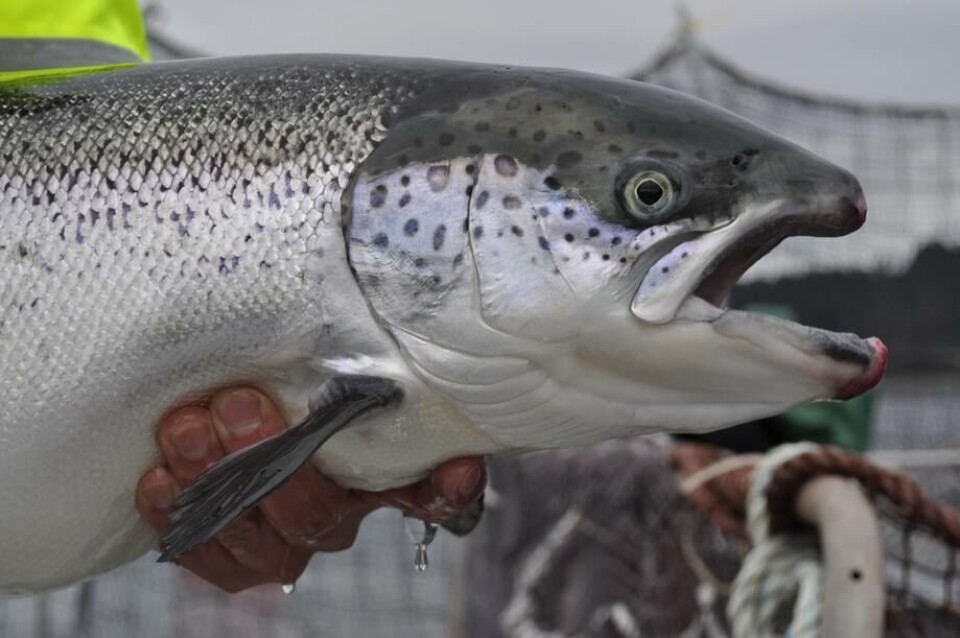
Chilean salmon mortality down to 13% in 2017
The level of farmed Atlantic salmon mortality in Chile decreased from 28% in 2016 to 13% last year, according to industry analyst Aquabench.
The difference was mainly explained by the lower occurrence of harmful algal blooms (HABs), according to a report by the company.
Rainbow trout and coho salmon also had lower total mortality in 2017, reaching 9.6% (15.3% in 2016) and 6.9% (13.8% in 2016) respectively.
Overall, the 2017 productivity balance shows a total of 20.7 million dead fish in the fattening stage - 14.3 million Atlantic salmon, 3.9 million coho salmon and 2.5 million rainbow trout. A fifth of total mortality had to do with infectious causes.
The lower presence of HABs during 2017 was reflected in a productivity increase in Atlantic salmon that reached 4.23 kilos harvested per smolt fed to fattening, a figure 26% higher than 2016.
Live biomass up 15%
In the case of rainbow trout, an improvement in productivity of 21% was also observed, reaching 2.65 kilos harvested per smolt, while for coho salmon this indicator grew by 11%, reaching 3.03 kilos harvested per year smolt (as season).
In December 2017 there was a 4% increase in the number of live fish, compared to the same period of 2016, Aquabench giving an estimated total of 184 million fish across the three salmonid species. Regarding live biomass in fattening, the analysis reveals an increase of 15%, which works out at 385,500 tonnes in total.
The number of smolts set out grew by 6% on average in 2017, reaching 203.9 million. The total biomass harvested at the Chilean industry level for the three species reached 732,000 tonnes WFE, up 16% on 2016. By species, cumulative volumes (WFE) recorded 491,119 tonnes for Atlantic salmon, 76,934 tonnes for rainbow trout and 164,372 tonnes for coho salmon.























































